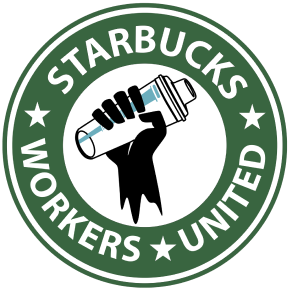After you’ve identified leaders in your workplace, the next step is mapping it out to better understand what your next moves might be.
What is mapping?
Mapping is the process of assessing your co-workers’ interest in organizing and strengthening the connections and networks in the shop. In part two of the Emergency Workplace Organizing Committee (EWOC) organizer training, you’ll learn how to do that.
What is charting?
Charting is the process of making sure organizers in your workplace are reaching all of your co-workers and finding and maintaining leaders. Using a spreadsheet or butcher paper, you can gather information such as a worker’s area of focus, shift time, interest in the union drive, capacity to organize, and relevant contact information.
It’s important to gather personal contact information to reduce the use of company devices and channels of communication. This is especially true if an anti-union drive is being conducted.
Making an assessment
Through talking to workers one-on-one, field organizers should be able to assess rank-and-file commitment levels to the cause of forming a union. Organizers can gauge a worker’s ability and willingness to pull in other workers in the process of building solidarity within the shop. You can use a scale of zero to five for these assessments, where a zero means that someone hasn’t been assessed yet.
- Pro-organizing leader
- Pro-organizing
- Undecided
- Anti-organizing
- Anti-organizing leader
- Unassessed
This scale is not meant to be a permanent measurement of a worker’s commitment. Organizers need to be able to interrogate their own biases to engage people who might be observed as anti-union or uninterested in the effort. You can then learn how to mobilize those workers by engaging their interests and understanding how that fits into your overall struggle for a union. This system of gauging interest will also help leaders assess support levels, hold other leaders accountable for claimed responsibilities, and identify patterns.
Mapping your workplace
With the patterns you’ve identified, you can create a social map to clarify the ties between workers both inside and outside of the bargaining unit. A social map helps you identify cliques and see how social relationships inside a shop can foster solidarity within a workplace. If an anti-union campaign is being pursued, the map can help you anticipate interpersonal conflicts within the shop. These maps should never be published, and should only be shared with trusted leaders.
Learn More
Interested in learning more? Sign up for the next EWOC union organizer training or talk to an organizer today!
The rest of our five-part union organizer training series can be found on our blog.
- Part 1: Identifying Leaders
- Part 3: The Organizing Conversation
- Part 4: Escalation and Public Action
- Part 5: Inoculation and the Boss Campaign




